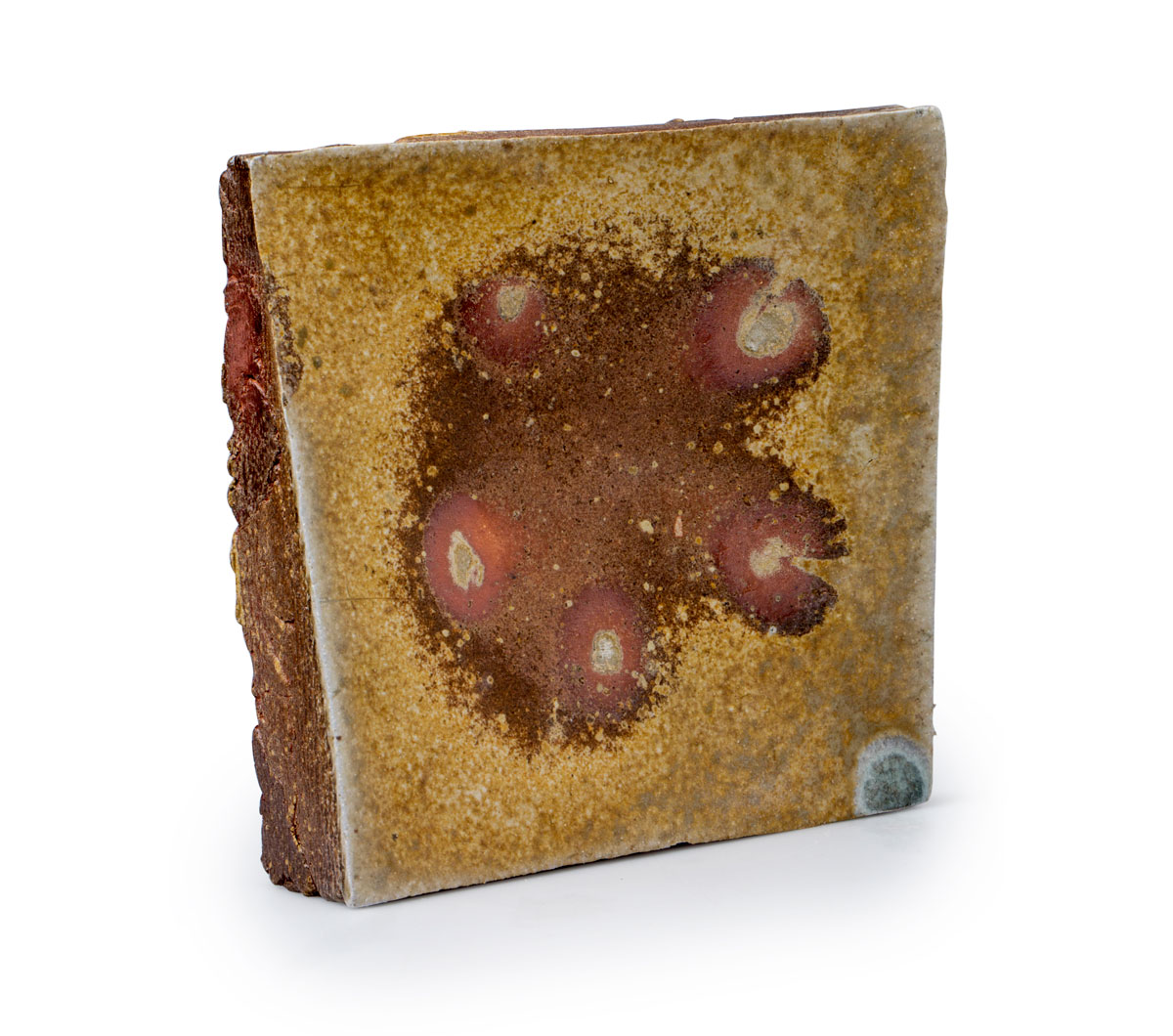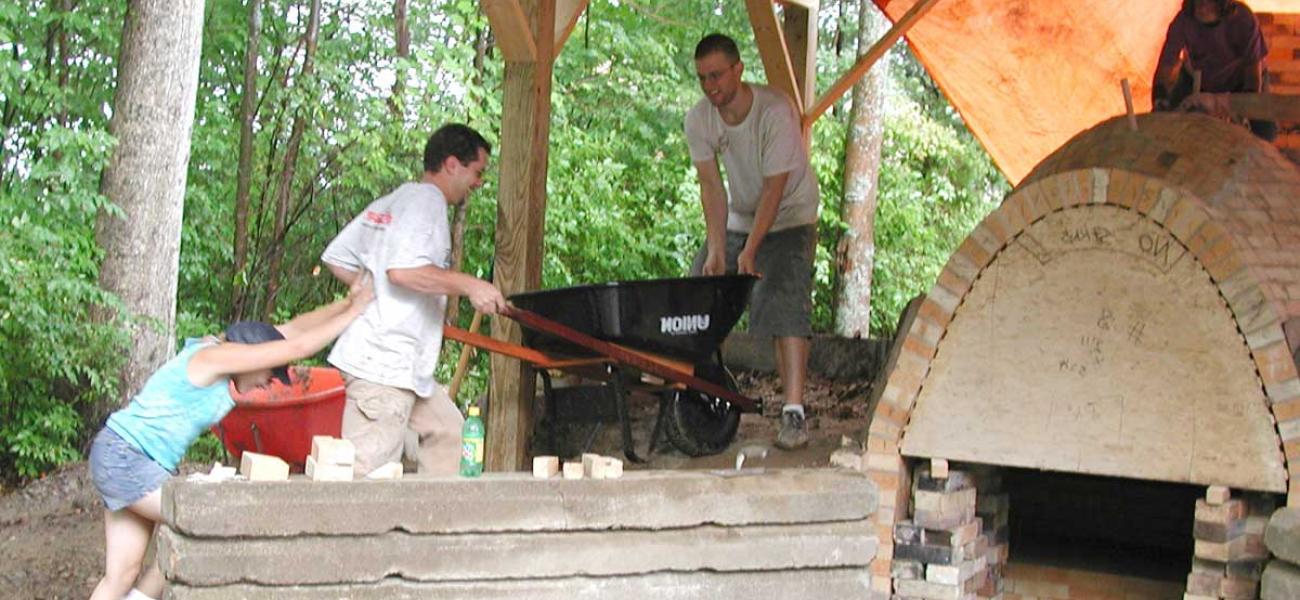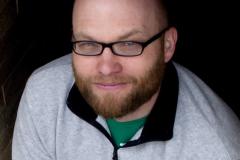*/ /*-->*/ /*-->*/
 Community colleges in the United States have had a mixed reputation, often seen as lesser institutions than four-year colleges and universities, with students incapable of getting accepted to those schools. Popular media has fed into this misconception, a prime example being the sitcom NBC’s Community, which featured a band of misfit students and their juvenile escapades (there was even an episode about a beginner pottery class).
Community colleges in the United States have had a mixed reputation, often seen as lesser institutions than four-year colleges and universities, with students incapable of getting accepted to those schools. Popular media has fed into this misconception, a prime example being the sitcom NBC’s Community, which featured a band of misfit students and their juvenile escapades (there was even an episode about a beginner pottery class).
In reality, students’ experiences at community colleges are rich and complex. According to the National Center for Education Statistics (nces.ed.gov) 5.9 million students were enrolled in the fall of 2016 at public two-year colleges. While this is a significant number, it gives little indication of the diversity of the average community college. The mission of these institutions is to accept and educate all students. They might be high-achieving high school graduates whose families can’t afford the tens of thousands of dollars it costs to attend a university for a year; veterans on the G.I. Bill; or laid-off workers returning to school for job retraining. The mix of ages, genders, life experiences, races, and all other demographics can make the community college classroom an incredibly varied and dynamic learning and teaching environment.
What does this mean for ceramics in higher education? The top university ceramics programs have been established for quite some time, but high-quality ceramics education at community colleges has been gaining momentum. My theory as to why is that few teaching positions in larger university ceramics programs are available, so a large number of qualified applicants are competing for a small number of jobs. Many of those high-quality candidates are hired to lead community college ceramics programs instead and bring the same energy and rigor to their community college courses that they would to a university program.


